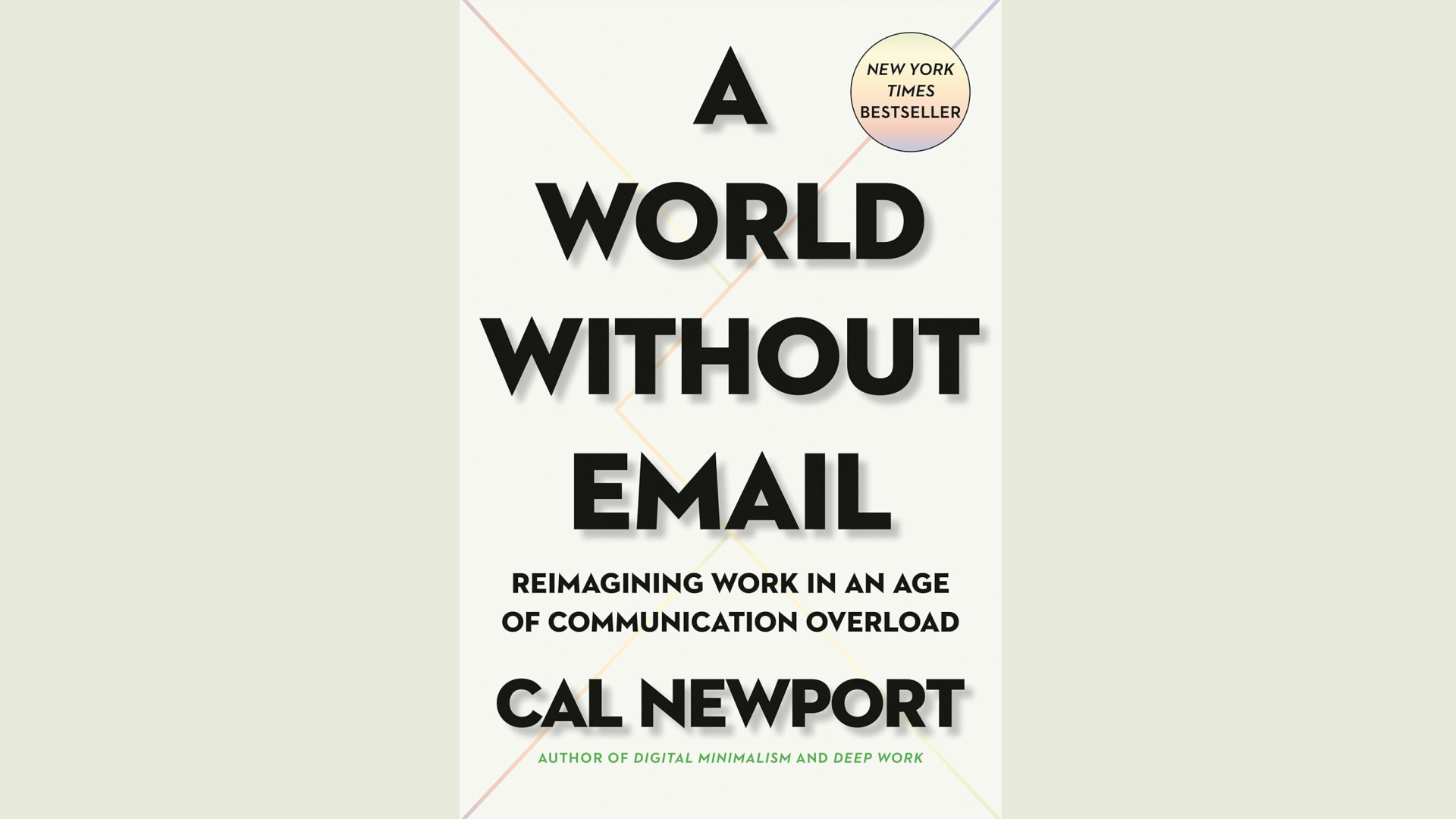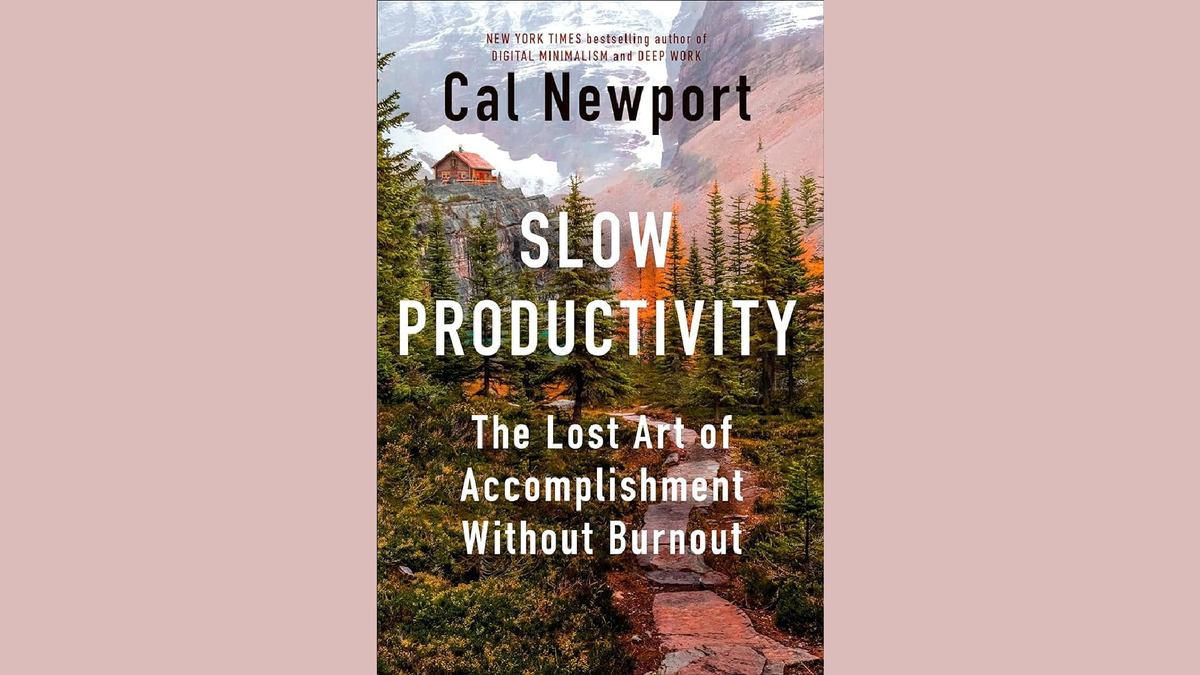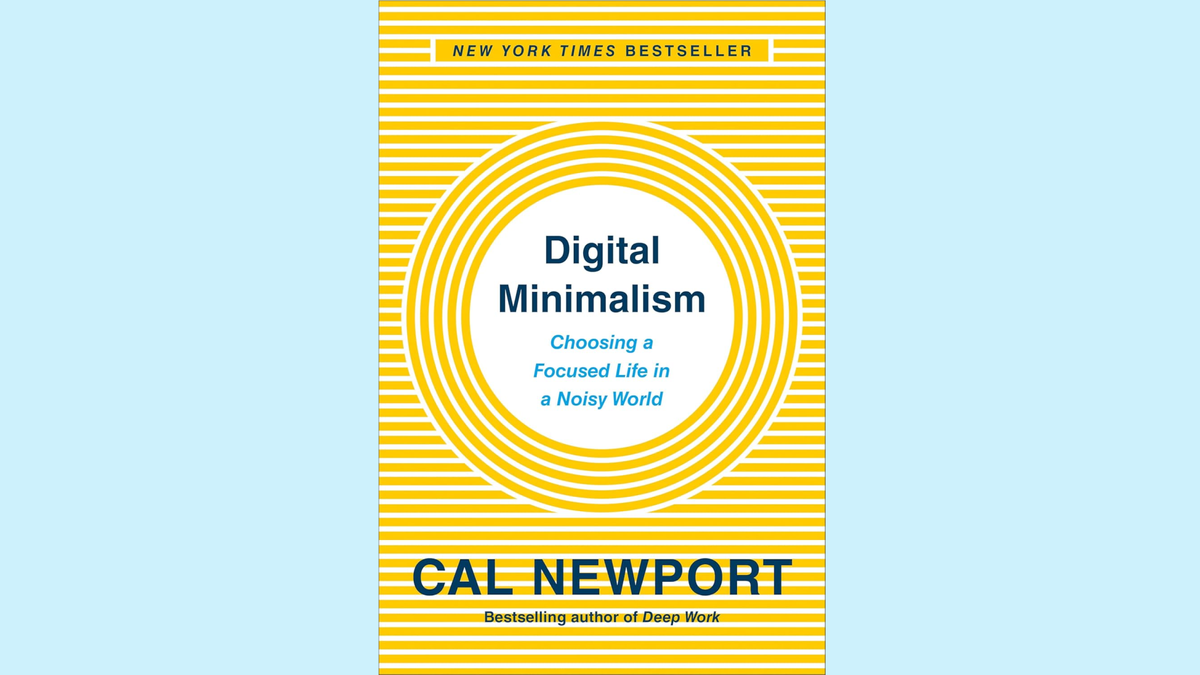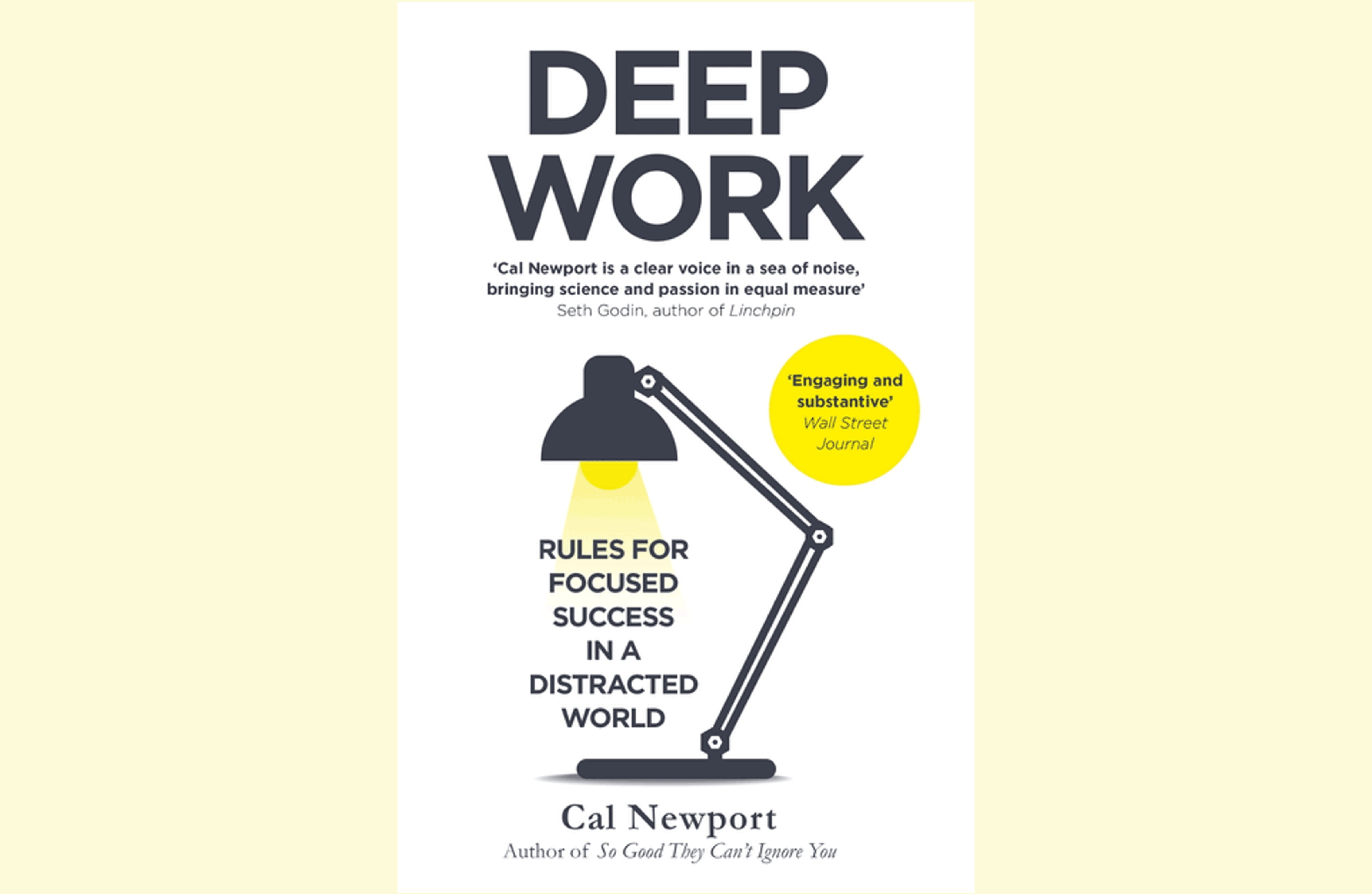Summary: A World Without Email by Cal Newport

In “A World Without Email,” Cal Newport presents a transformative view of workplace productivity by challenging the central role of email in modern professional life. While email is one of the most commonly used tools for work-related communication, Newport contends that its very nature leads to inefficiency, burnout, and diminished productivity. His vision for a future without email isn’t about eliminating communication but rethinking how we approach it. Let’s delve into Newport’s central arguments and practical strategies to create a work culture without email overload.
The Hidden Costs of Email Overload
In today’s digital world, we often consider email indispensable, yet Newport reveals the hidden costs associated with relying on it as our primary communication method. The relentless influx of emails fosters a chaotic work environment that constantly disrupts our attention. Employees who face this unending flow of messages struggle to find uninterrupted time to focus on tasks that matter. In Newport’s words, “Email is the productivity killer, not productivity itself.”
He emphasizes that checking emails every few minutes fragments our attention and diminishes our ability to perform complex, thoughtful work. Studies cited by Newport show that it takes around 23 minutes to regain focus after an interruption, meaning every email can cost substantial time and cognitive energy.

Breaking Free from the “Hyperactive Hive Mind”
One of the book’s most powerful insights is the concept of the “hyperactive hive mind”—a state where employees are trapped in constant communication. This reactive way of working prioritizes short-term responsiveness over long-term productivity, and Newport argues that the consequences of this mindset are far-reaching. He explains that not only does it reduce the quality of work, but it also fosters an atmosphere of anxiety and perpetual urgency. As employees struggle to keep up with the torrent of communication, they’re less likely to engage in deep work or innovate effectively.
Structured Workflows: Alternatives to Constant Messaging
Newport believes that breaking the cycle of constant email checking is achievable by implementing structured workflows and reducing dependency on email. He offers various alternatives that are more efficient and less disruptive to focus. By using project management software (such as Trello or Asana) or even single-threaded messaging tools (such as Slack channels with specific protocols), teams can streamline information flow and reduce unnecessary back-and-forth. Task handoffs, updates, and progress tracking are more transparent, requiring fewer status-checking emails.
This approach fosters a “pull” method, where employees can access the information they need, when needed, without continuous disruptions. For example, teams can reduce email dependence without sacrificing clarity or project progression by setting designated check-in times or limiting discussions to single threads.
Building an Intentional, Low-Interruption Work Culture
Newport’s advice isn’t limited to individual habits; he stresses the need for an organizational shift in communication culture. Companies should cultivate an intentional work environment that values high-impact tasks and clear communication channels over instant responsiveness. He suggests concrete steps, such as dedicated time blocks for email responses, establishing specific tools for collaborative projects, and prioritizing deep work in the workplace.
Newport envisions a workplace where employees can thrive without feeling shackled to their inboxes. By fostering a more structured communication model, companies can cultivate an atmosphere that promotes productivity and employee well-being.
Rethink Email!
In A World Without Email, Cal Newport challenges us to rethink our relationship with email and introduces a vision of a workplace where productivity thrives without constant interruptions. By implementing structured workflows and fostering a culture of deep work, we can reclaim our focus, reduce stress, and accomplish more meaningful work. Newport’s insights remind us that a balanced, thoughtful approach to communication isn’t just beneficial for individuals—it’s a powerful catalyst for organizational success.

Practical Tool: A Guide to Reducing Email Dependency at Work
1. Set Dedicated Email Check Times
Instead of continuously checking email, establish specific times during the day (e.g., morning, after lunch) for email management. This creates uninterrupted blocks for deep work.
2. Utilize Project Management Tools
Migrate team project updates and task lists to tools like Asana, Trello, or Monday.com. This will reduce the need for status updates over email and centralize tasks and communication.
3. Adopt Single-Thread Communication for Projects
Create single threads for specific projects on a messaging app to reduce redundant emails. Organize discussions by topic to streamline the flow of information.
4. Encourage a Culture of Deep Work
Introduce deep work sessions in team schedules, allowing employees to work without interruptions. These can be set in blocks, during which emails and meetings are discouraged.
5. Set Communication Norms
Communicate policies on email responsiveness, such as only replying to non-urgent emails within a business day and helping employees focus on high-priority work.

Cal Newport: Biography
Cal Newport is a computer science professor at Georgetown University, known for his research in theoretical computer science and his work as a writer. An advocate for deep, meaningful work and a productivity expert, Newport has authored several bestselling books, including “Deep Work,” “So Good They Can’t Ignore You,” and “Digital Minimalism.” His work focuses on helping people achieve greater productivity and satisfaction by reducing distractions and fostering intentional focus in their personal and professional lives. Newport frequently contributes to The New Yorker, The New York Times, and other significant publications, where he writes about productivity and digital culture.

